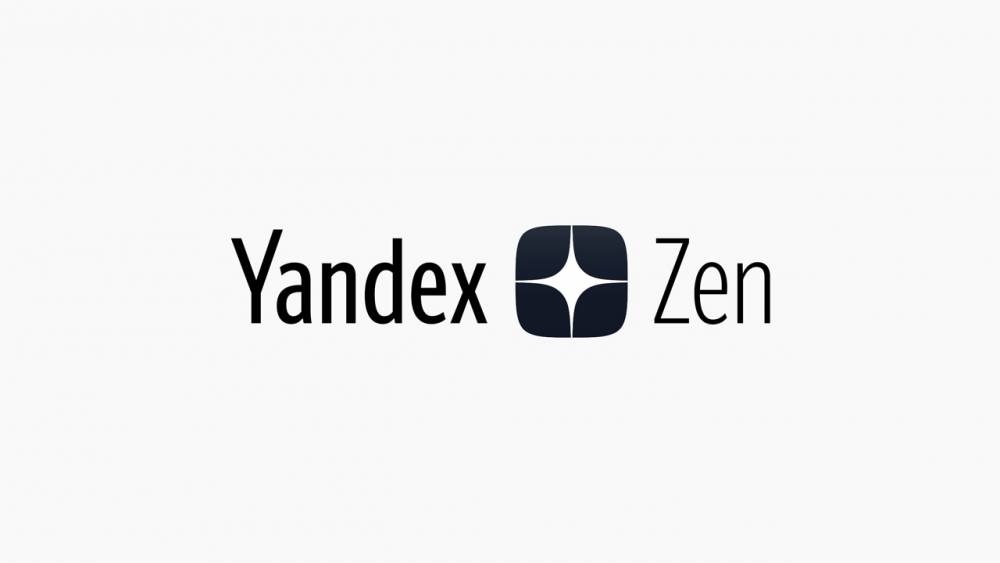 More than 16 million users visit Zen in one day, and over 60 million users per month on average. The average user spends more than 40 minutes a day on the platform. Statistically, 16 million people spend more than 10% of their daily free time in Zen.
More than 16 million users visit Zen in one day, and over 60 million users per month on average. The average user spends more than 40 minutes a day on the platform. Statistically, 16 million people spend more than 10% of their daily free time in Zen.
Zen became one of Russia's top ten websites by the end of 2019 and is now more popular than Facebook.
1) Google
2) Yandex
3) Vkontakte
4) YouTube
5) Mail.ru
6) Instagram
7) Zen
8) Odnoklasniki.ru
9) Facebook
10) the official internet portal of the Russian government
Yandex Zen user demographics
Who are the 16 million people who use Zen every day? In terms of gender, the market is divided equally as 50% female and 50% male.
When viewed exclusively for age groups using Zen:
34% of the users live in Moscow and Saint Petersburg, then 25% reside in cities with more than a million people, 11% live in cities with 500 million inhabitants, and 30% live in other cities. Most users (56%) access the site from their smartphones, 40% use their personal computers, and 4% use their tablets.
How do Zen users interact with broadcasts?
On average, a user spends 40 minutes in Zen every day.
Zen does not have a single home page because each user can find the most appropriate information and content for them and their feedback is created separately for them. The better the algorithm processes a user's interests and the more they learn about them, the more relevant the content suggestions and user experience will be.
How does Yandex Zen create user feedback?
Zen uses two basic principles to create user feedback:
1) Semantics or in other words – similar keywords
2) Collaborative filtering or, in other words, 'similar users'.
This means that artificial intelligence learning identifies users who like the same type of content and suggests additional content that "similar user" likes. Now that we've covered the basics of what Yandex is, and where and how it works, let's take a closer look at the publications in Yandex Zen.
Advertise in Yandex Zen
As Zen is a proposal platform on common websites such as Yandex and Opera, it offers a commercial opportunity for businesses who want to create promotional content.
A list of the most common product and service interests of Zen users:
•Cars
•Apparel & Shoe
•Home & garden
•Construction & Renewal
•Entertainment
•Electronic
•B2B
•Finance & insurance
•Holiday and tourism
•Information and telecommunications
•properties
•FMCG
•Sports materials
As you can see, the global world has a variety of interests in a wide range of products and services categories, making the platform interesting for business owners.
Best practices for advertisements
When advertising in Zen, the advertiser must create a card and a promotional article.
The card is a summary of the promotion release and is displayed in the summary stream of the corresponding user. On a card, you will find a thumbnail, title, and description of the broadcast, which acts as a link to the broadcast.
Advertisers in Zen pay only for users who read their ads. On average, advertisements in Zen are read for more than two minutes.
It seems very promising, but there are some situations where Zen advertising is not possible.
Zen does not allow advertising in the following sectors:
•Medical services
•gambling, betting, lottery
•Micro credits and financial risk tools
•
•alcohol tobacco
•Non-legal considerations
Why do advertisers need Zen?
First, what can businesses achieve through advertising?
•Create a sense of need for a product.
•Create new leads and new customers.
•Increase conversion rate.
•Help close the sales cycle.
•Compete and differentiate with other market players.
The marketing funnel is a familiar term for marketers.
In the context of Zen broadcast, this means that advertisements will be brought to the attention of users. After reading the promotional article, a user may gain the desire to obtain the advertised product or service. In an ideal scenario, it will lead to a transformation.
Conversions are usually a sale, but may also depend on the business model, which can also mean form filling, phone call, or subscription.
Zen advertisers can see the CTR of the trailers and the time spent reading the broadcast.
For a real example,
Yandex Zen published the sales funnel data of a promotional article produced by Hyundai:
The promotional article is shown in the feed:
Article presentation: 8,476,561
clicks: 312,853
Read to the end of the article: 158,320
clicking on the link to the store: 62,230
As you can see, the whitepaper resulted in 62k user traffic to the Hyundai website.
Metrics used to determine the success rate of a promotional article:
- CTR
- the percentage of the article read
- Product or service advertised; percentage of clicks made
A significant percentage of Hyundai traffic from Zen shows new users are, so it's fair to say that ads are successful in creating new demand and interest for the product.
13 May 2022 Friday tarihinde yayınlandı.
Sosyal Medyada Paylaş





